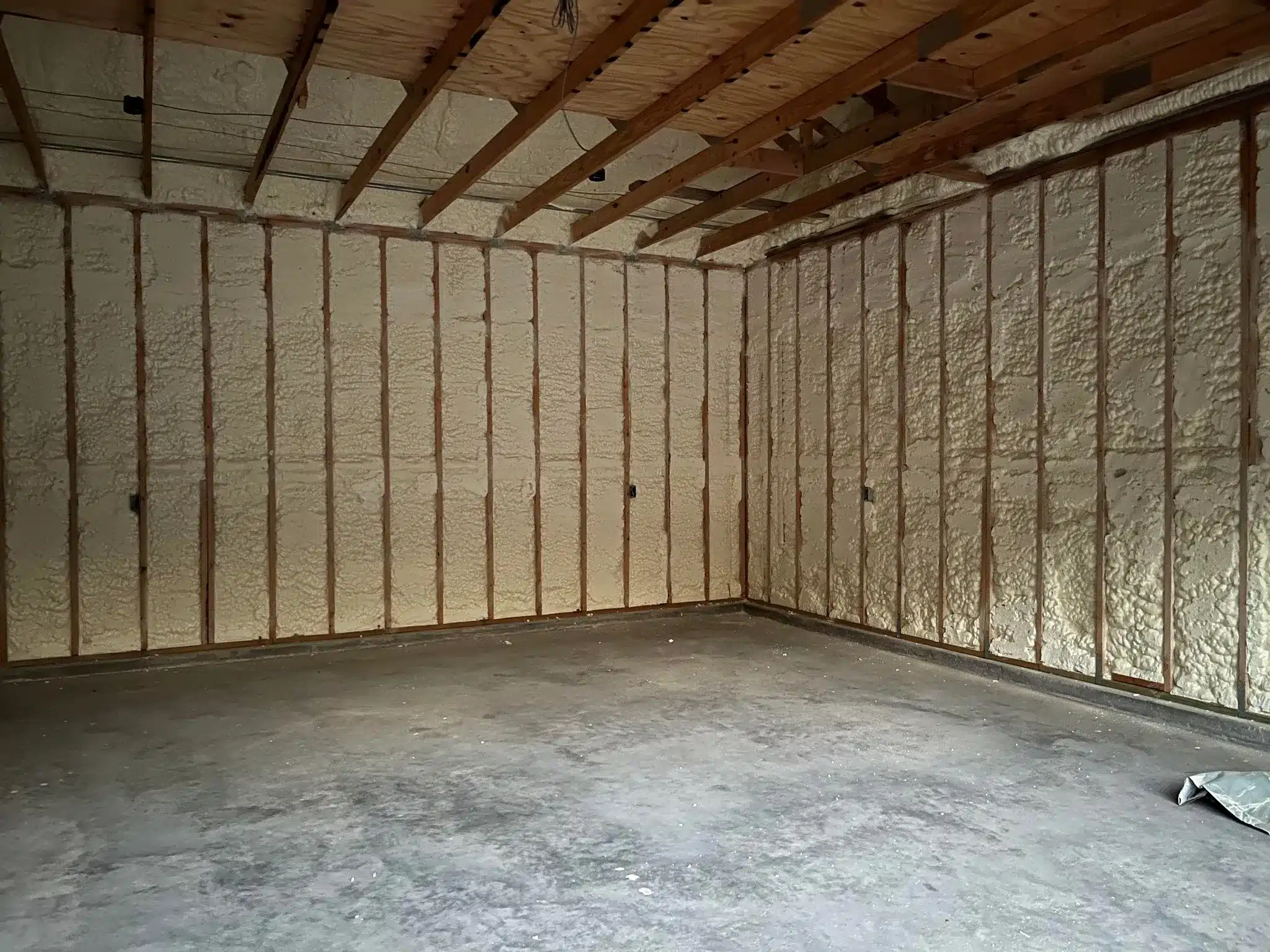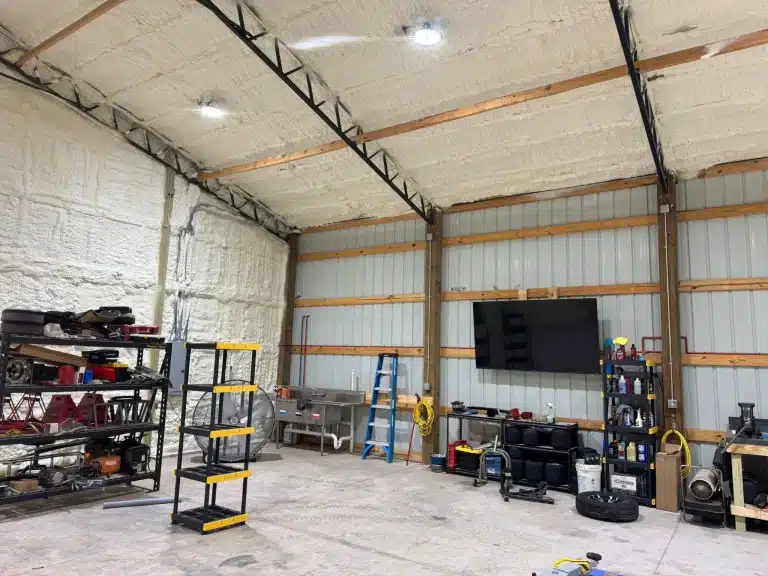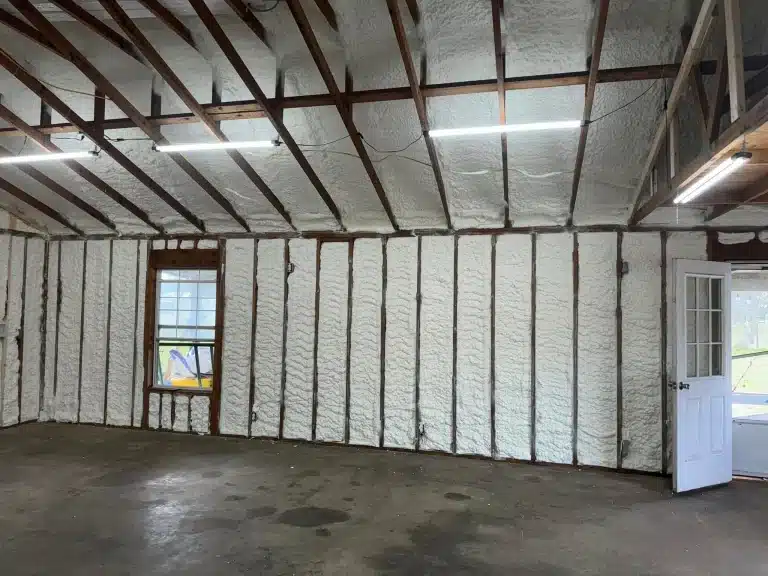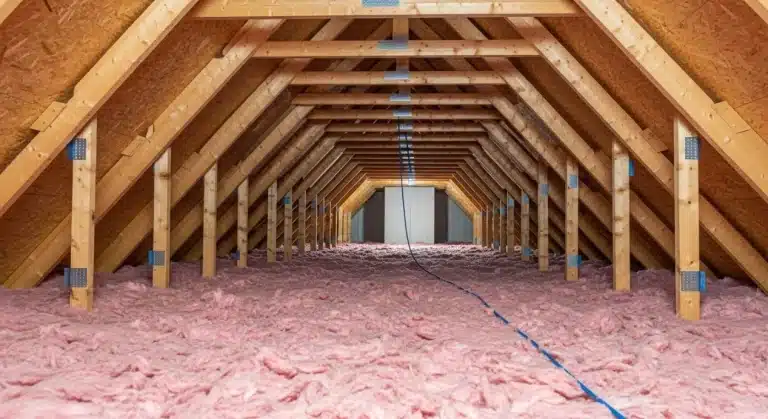Yes, a lack of proper insulation often leads to cold floors in homes around Wallace, Florida. In this area, where winters bring cooler temperatures and higher humidity, floors can feel chilly due to heat escaping through uninsulated slabs or crawl spaces. Proper insulation blocks that heat loss and keeps indoor temperatures stable.
This article covers why insulation matters for floors in Wallace, how to spot issues, and steps to address them. Drawing from years of handling insulation challenges in similar Florida climates, Prestige Insulation Solutions shares practical knowledge based on direct work with local homes to provide reliable details.
How Insulation Affects Floor Temperature
Best Insulation acts as a barrier that slows heat transfer. In Wallace homes, many sit on concrete slabs directly on the ground. Without insulation beneath or around these slabs, the cool earth pulls heat from the floor, making it feel cold even when the air inside stays warm.
Air leaks add to the problem. Gaps around pipes or baseboards let cold air seep in. Data from the U.S. Department of Energy shows that homes with poor floor insulation lose up to 10% more energy through floors compared to well-insulated ones U.S. Department of Energy. This loss hits harder in Florida’s variable weather, where cool nights contrast with humid days.
Common Causes of Cold Floors in Wallace
Florida’s building practices play a role. Many older homes in Wallace lack under-slab insulation because codes from decades ago did not require it. Newer builds might have basic foam boards, but they often fall short against the region’s sandy soil and moisture.
Humidity worsens the issue. Damp air from the Gulf Coast condenses under floors, creating a cold, clammy feel. A report from the Florida Solar Energy Center notes that uninsulated floors in coastal areas like Wallace can drop 5-10 degrees below air temperature during winter Florida Solar Energy Center.
To identify these issues early, check for drafts by running your hand along baseboards on a cool day. Small gaps here often signal bigger insulation gaps below.
Signs Your Floors Need Better Insulation
Cold spots underfoot point to uneven insulation. If rugs feel warmer than bare hardwood or tile, heat escapes in insulated areas but not others. Bare feet on cold tile in the morning? That’s a classic sign in Wallace’s slab homes.
Beyond these physical discomforts, higher energy bills confirm it. The average Florida home spends about $1,500 yearly on cooling and heating, per the U.S. Energy Information Administration, and poor floor insulation adds 15-20% to that U.S. Energy Information Administration. Noisy floors or squeaks might tie back to settling from temperature swings without stable insulation.
Look for moisture too. In Wallace’s humid climate, condensation under floors leads to mold smells or damp spots. These issues stem from insulation that doesn’t handle moisture well.
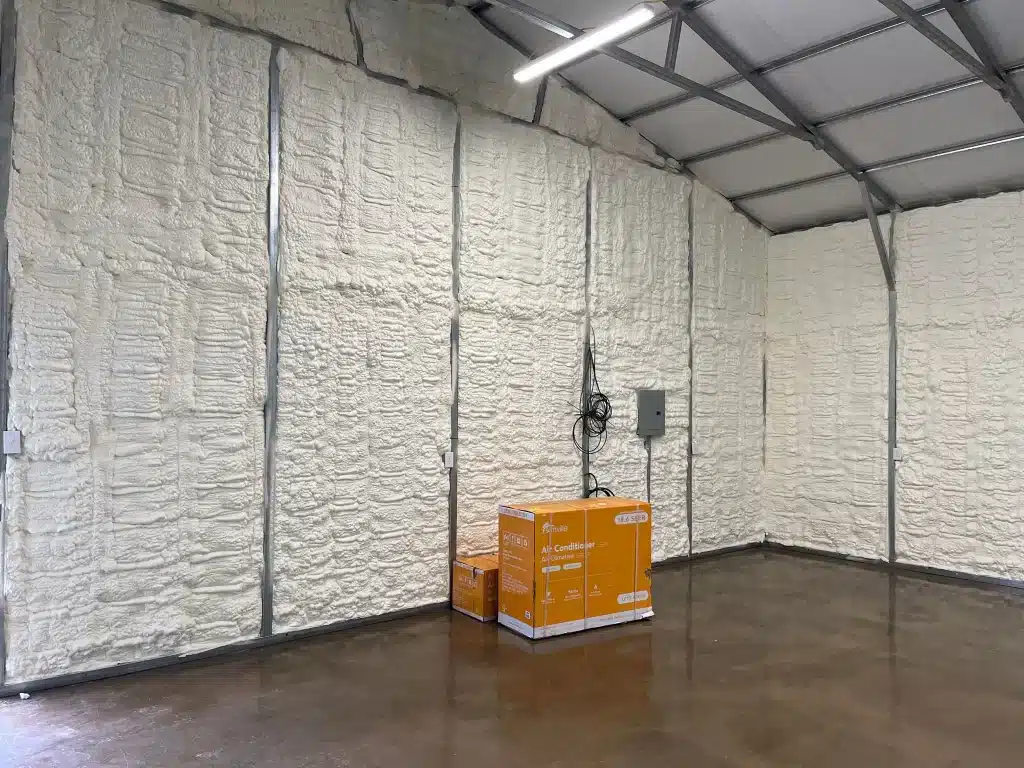
Insulation Types for Florida Floors
Rigid foam boards work well for slab foundations. They resist moisture and fit under concrete during construction. Spray foam fills irregular spaces in crawl spaces, sealing air leaks tightly.
Batt insulation suits raised floors over crawl spaces. Fiberglass or mineral wool options provide good coverage, but they need vapor barriers in Florida’s damp air. Each type suits different home setups in Wallace.
To help choose the right option, here’s a comparison of common insulation options:
| Insulation Type | R-Value per Inch | Best For | Moisture Resistance | Cost Range (per sq ft) |
|---|---|---|---|---|
| Rigid Foam Board | 3.8-5.0 | Slab foundations | High | $0.50-$1.00 |
| Spray Foam | 3.5-7.0 | Crawl spaces, air sealing | Very High | $1.00-$2.50 |
| Fiberglass Batt | 2.9-3.8 | Raised floors | Moderate (needs barrier) | $0.30-$0.80 |
This table highlights choices based on local needs. R-value measures heat resistance; higher numbers mean better performance.
Bonus Tip: In Wallace, opt for foam with an insect barrier. Termites thrive in Florida soil and can damage untreated insulation.
Regional Factors in Wallace, Florida
Wallace sits in Santa Rosa County, with mild winters averaging 40-60 degrees Fahrenheit. Yet, night lows dip into the 30s, chilling uninsulated floors fast. The area’s high water table means groundwater stays close, pulling more cold through slabs.
Local codes require minimum R-10 for floors in new builds, per the Florida Building Code, but retrofits often lag. Homes from the 1970s boom era rarely have this, leading to persistent cold floor complaints.
Market fact: About 60% of Florida homes built before 2000 lack adequate floor insulation, according to a HUD study U.S. Department of Housing and Urban Development. This explains why many Wallace residents notice the issue during cooler months.
Things to Consider Before Making a Decision
Assess your home’s foundation type first. Slab homes need under-floor access, which might require lifting sections or exterior work. Crawl space homes allow easier retrofits but demand moisture checks.
Budget plays a key part. Basic insulation upgrades cost $1-3 per square foot, but savings on energy bills recover that in 3-5 years. Factor in local humidity; choose materials rated for Florida’s conditions to avoid future mold.
Think about long-term comfort. Better insulation evens out temperatures year-round, reducing reliance on space heaters in winter. Weigh DIY options against professional installs for safety and code compliance.
Bonus Tip: Test your current setup with a thermal camera rental from a local hardware store. It reveals exact cold spots without guesswork.
Common Questions
Are There Any Quick Fixes for Cold Floors in Wallace Homes?
Homeowners in Wallace often ask about quick fixes. Sealing gaps with caulk helps short-term but doesn’t address under-floor issues. Adding area rugs provides immediate warmth, though they trap dust in humid air.
How Much Does It Cost to Retrofit Insulation in an Existing Home?
Another frequent query involves retrofitting costs. Expect $2,000–$5,000 for a 1,500 sq ft home, depending on access. Energy audits, available through local utilities, pinpoint problems accurately.
Key Takeaways
Lack of proper insulation directly causes cold floors in Wallace homes by allowing heat to escape to the cool ground. Addressing it improves comfort and cuts energy use. Evaluate your home’s setup, check for signs like cold spots, and consider local factors such as humidity and soil type. Match solutions to your foundation and budget for lasting results.
Next Steps for Warmer Floors
Start by inspecting your floors for drafts and cold areas. If issues persist, reach out for guidance tailored to Wallace conditions. Contact Prestige Insulation Solutions at (850) 429-4969 or [email protected] to discuss options. Local expertise ensures choices fit your home’s needs without unnecessary expense. (72 words)
Sources
- U.S. Department of Energy – Guide on home insulation types and energy savings, relevant for explaining heat loss in floors.
- Florida Solar Energy Center – Resource on insulation in Florida climates, including moisture effects on coastal homes.
- U.S. Energy Information Administration – Data on residential energy use and costs, used for bill impact statistics.
Frequently Asked Questions
What causes cold floors in humid climates like Wallace?
Ground moisture and cool soil temperatures transfer chill through concrete slabs. Without insulation, this effect intensifies at night when outdoor air drops.
How do I know if insulation solves my cold floor problem?
Conduct a home energy audit. It measures heat loss and confirms if floors contribute most. Simple tests like foot-temperature checks also guide decisions.
Can I add insulation to an existing slab home?
Yes, exterior perimeter insulation or interior slab edge treatments work. Professionals handle these to meet building codes without major disruption.
Does floor insulation help with summer cooling in Florida?
It does by stabilizing indoor temperatures. Insulated floors prevent heat gain from the ground, easing AC loads during hot months.
How long does floor insulation last in Wallace?
Quality installs last 20-50 years. Foam resists degradation from humidity better than fiber options, but regular inspections catch wear early.


